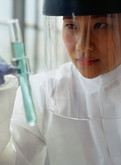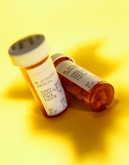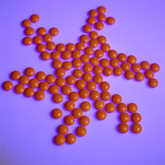Biosimilars/Research
Opportunities for biosimilar development
Rising drug costs and limited healthcare budgets across the world, coupled with the fact that many biotechnology drugs will soon lose their patent protection, means that there is a huge opportunity for biosimilar manufacturers.
Comparability for biosimilar development
How does ‘comparability’ apply to biosimilar drug development? This was the question discussed by Dr Mark McCamish and Dr Gillian Woollett [1].
Regulatory approach to biosimilar development
Legislation in Europe in 2004 created a legal pathway for approval of biosimilars and the first biosimilar, Omnitrope (somatropin) as approved by the EMA in 2006. The US is lagging behind somewhat, having only just approved a legal pathway in March 2010 and with practical guidance from the FDA still anticipated.
Interchangeability or substitution of biosimilars
The interchangeability or substitution of biosimilars is a subject that differs somewhat between Europe and the US. These different approaches to biosimilars are discussed by Dr Mark McCamish and Dr Gillian Woollett in their published paper [1].
Changes in the quality attributes of darbepoetin alfa
Quality changes over a period of time were found in commercially available darbepoetin alfa (Aranesp) by Sandoz researchers. Since the drug remained on the market with an unchanged label, this would indicate that the changes were accepted by the health authorities [1].
Acceptable changes in quality for glycosylated biologicals
Research carried out by Sandoz into three glycosylated protein biotechnology drugs currently on the market showed quality changes over the period studied. Since all three drugs remained on the market with unchanged labels, this would indicate that the changes were accepted by the health authorities [1].
Etanercept and quality attributes changes
Quality changes in commercially available etanercept (Enbrel) were found by Sandoz researchers over a period of time. Since the drug remained on the market with an unchanged label, this would indicate that the changes were accepted by the health authorities [1].
Comparison of US and European biosimilar regulatory pathways
The EU and the US have some differences in the way they approach biosimilars. Some of these differences were outlined in an article by Mr David Rosen and Mr Larry Lian published on 2 March 2011.
Pharmacodynamic response of biosimilar filgrastim
Research published online on 10 March 2011 on the pharmacodynamic response of recombinant human granulocyte colony-stimulating factor (G-CSF) filgrastim has shown that there is no difference between biosimilar and originator G-CSF.
Biosimilar low molecular weight heparins in Brazil
In Brazil, the registration of new drugs is carried out only when the regulatory agency (Agência Nacional de Vigilância Sanitária, Anvisa) is fully satisfied with their quality, efficacy and safety. Likewise for biosimilars it is necessary that the biosimilar be equally effective and safe and without contaminants in relation to the originator medicine.













